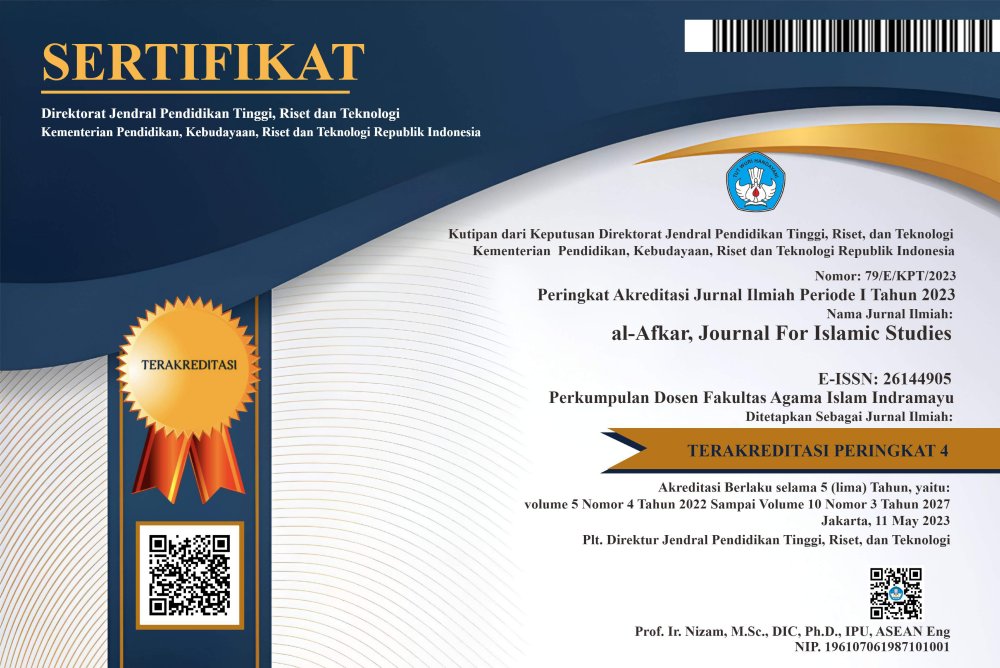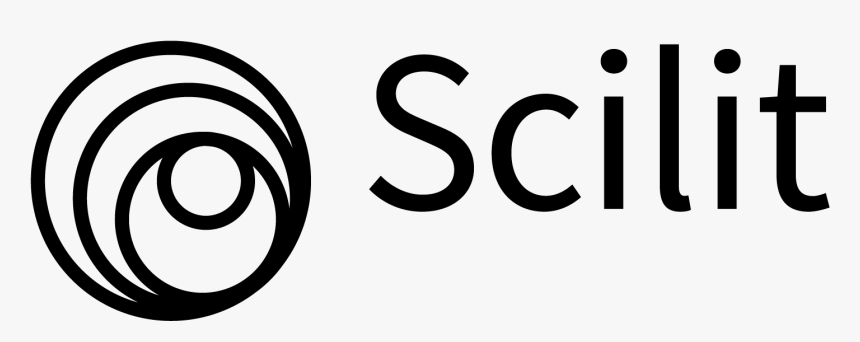The Effectiveness of Multimedia-Based Islamic Religious Education Learning in Enhancing Students' Understanding at SMPIT Ismul Azhom
DOI:
https://doi.org/10.31943/afkarjournal.v8i1.1727Keywords:
Effectiveness, Learning, Islamic Religious Education, MultimediaAbstract
This research aims to analyze the effectiveness of multimedia-based Islamic Religious Education learning in improving students' understanding at SMPIT Ismul Azhom. Multimedia-based learning utilizes various digital media such as videos, animations and presentations to deliver PAI material in a more interactive and interesting way. With this approach, it is hoped that students will understand the concept of the Islamic religion, which is sometimes considered difficult to understand if it is only conveyed verbally. The research used quantitative methods and experimental design, with two different groups, with several methods using experiments carried out with the help of multimedia while the control was conventional. The research sample consisted of 30 class VIII students at SMPIT Ismul Azhom. Data collection was carried out through tests before and after the material and giving questionnaires whose aim was to measure students' responses to the use of multimedia in learning. The results of the research were to increase the understanding of the experimental group using multimedia-based learning. Statistical analysis using tests shows differences in students' comprehension scores before and after being assisted by multimedia devices. Apart from that, the majority of students responded positively to multimedia in PAI learning, feeling that they understood more quickly and made the lessons interesting compared to traditional learning methods. So from this research, it can be concluded that multimedia-based PAI learning is effective in increasing students' understanding at SMPIT Ismul Azhom.
Downloads
References
Agus Prasetyo. (2015). Pengembangan Pembelajaran Berbasis Teknologi Informasi dan Komunikasi, Yogyakarta : Penerbit Andi.
Azhar, Arsyad. (2011). Media Pembelajaran. Jakarta: RajaGrafindo Persada.
Dedi Suryana .(2017). Strategi Pembelajaran dalam Perspektif Pendidikan Abad 21. Jakarta: Kencana.
Hamid Abdullah. (2013). Pendidikan Berkarakter Berbasis Pesantren. Surabaya :Imtiyaz.
John W, Creswell .(2012). Educational Research: Planning, Conducting, and Evaluating Quantitative and Qualitative Research. Boston: Pearson.
Jum C Nunnally. (1978). Psychometric Theory. New York: McGraw-Hill.
Matthew B, Miles .(1994). Qualitative Data Analysis : An Expanded Sourcecook. Thousond : Oaks, CA : SAGE Publications.
Muhammad Asari .(2018). Inovasi Pembelajaran di Era Digital, Bandung : Alfabeta.
Prasetyo, Agus. (2015). Pengembangan Pembelajaran Berbasis Teknologi Informasi dan Komunikasi. Yogyakarta: Penerbit Andi.
Rawung. (2021) Pengembangan media pembelajaran daring era 4.0 di masa pandemi covid 19.
Sugiyono. (2016). Metode Penelitian Pendidikan: Pendekatan Kuantitatif, Kualitatif, dan R&D. Bandung: Alfabeta.
Suharsimi Arikunto .(2010). Procedur Penelitian : Suatu Pendekatan Praktik. Jakarta : Rineka Cipta
Downloads
Published
How to Cite
Issue
Section
License
Copyright (c) 2025 Subki Abdul Syakur, Siti Ropiah

This work is licensed under a Creative Commons Attribution 4.0 International License.



















